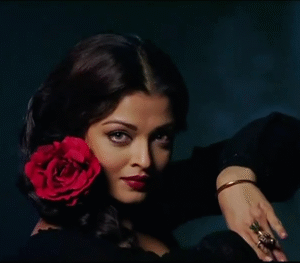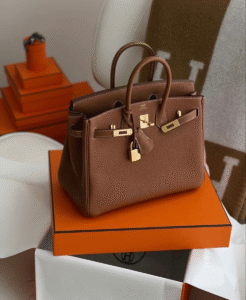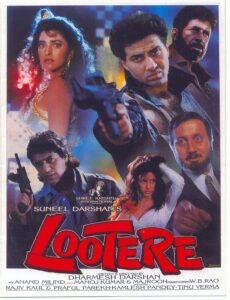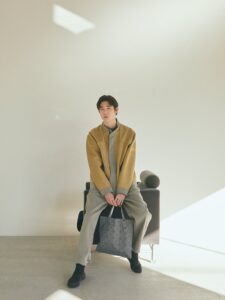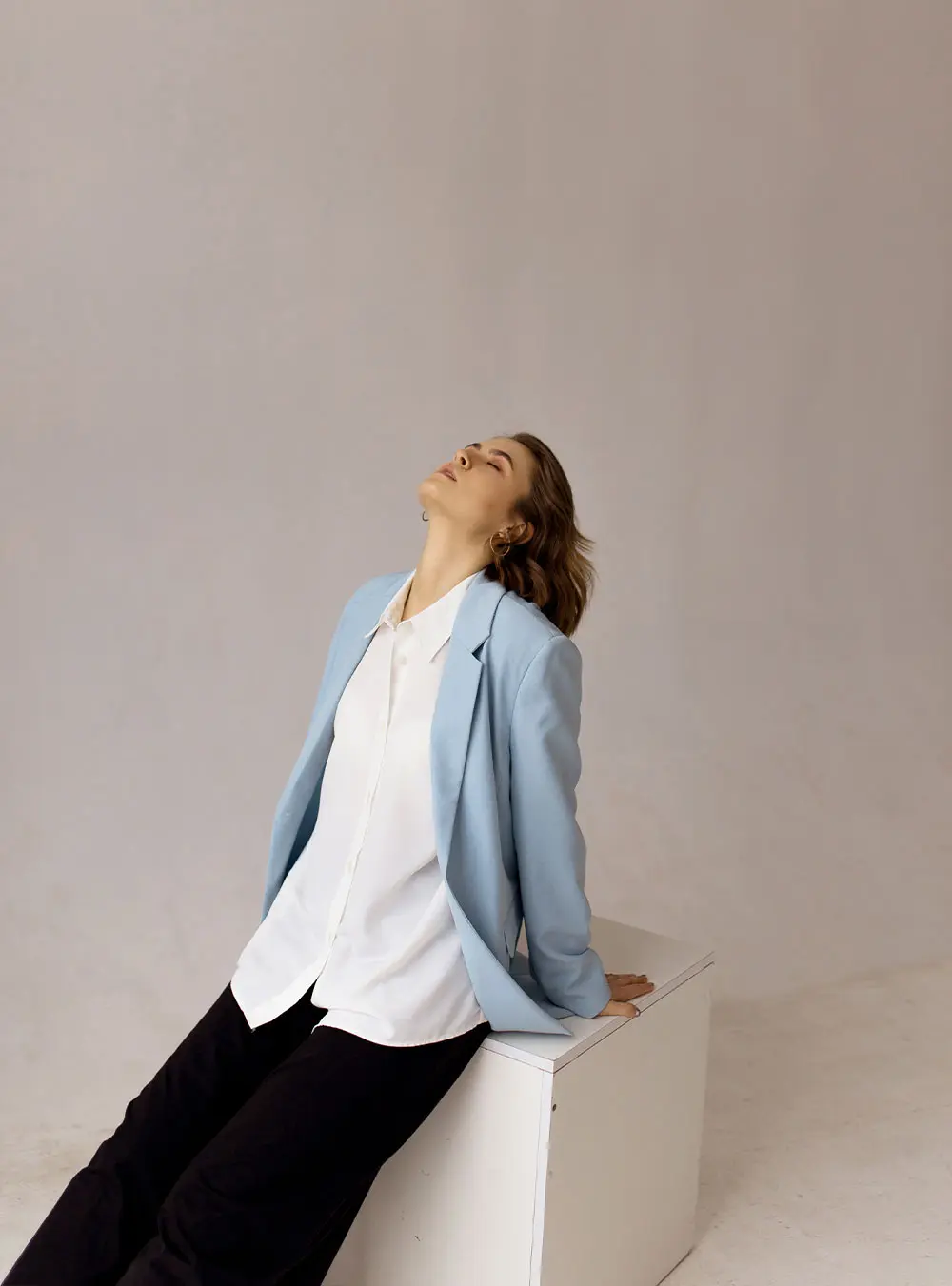“IF YOU KNOW, YOU KNOW”
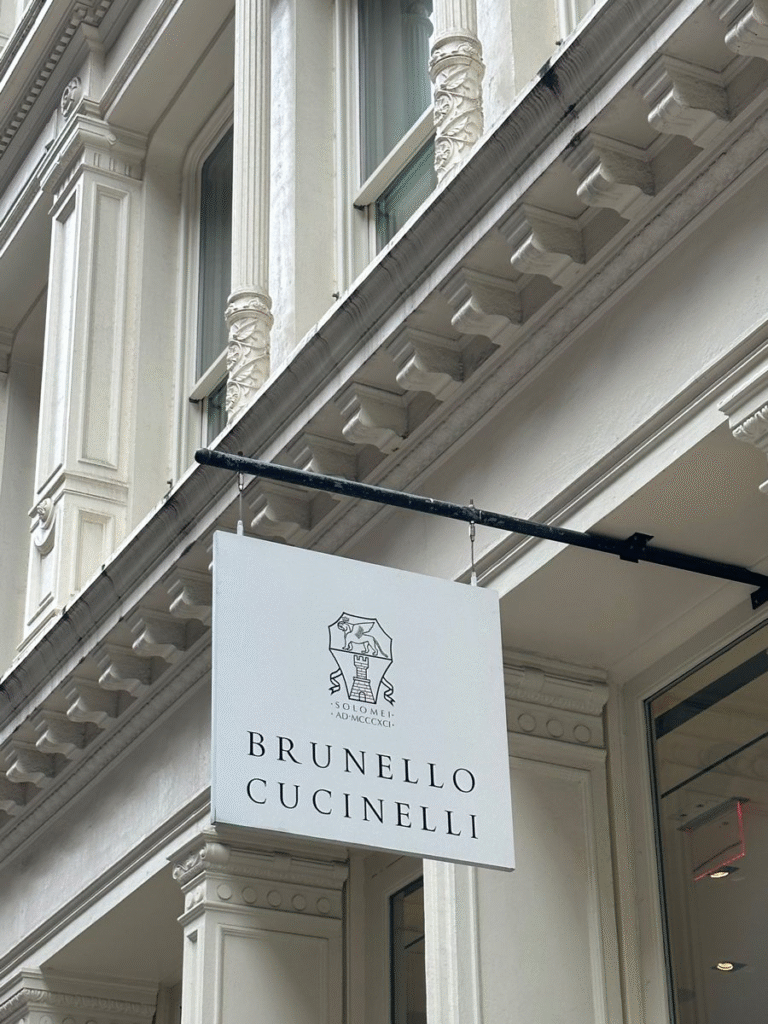
In the fashion industry especially in luxury fashion, craftsmanship and marketing go hand-in-hand i.e. brands not only spend a considerable resources and efforts on creating exquisite master pieces but also in marketing these articles and towards creation of brand value. Accordingly brands rely on their brand value and popularity to entice the customers into buying high-end products commanding high prices.
However, there is a separate segment in luxury fashion which is referred to as “quiet” luxury fashion which does less for marketing and instead opts to divert its maximum resources towards producing high quality products and designs which are innovative as well as exclusive to their brand.
In layman terms Quiet luxury is a term which refers to luxury brands that are “discreet” and “understated” in their branding and marketing. These brands often rely on quality and craftsmanship rather than logo-mania or overt branding techniques.
While these brands prefer to be grounded, this creates a more exclusive and refined image for the brand in the eyes of the consumers who have a penchant for understated elegance in comparison to ostentatious displays of luxury.
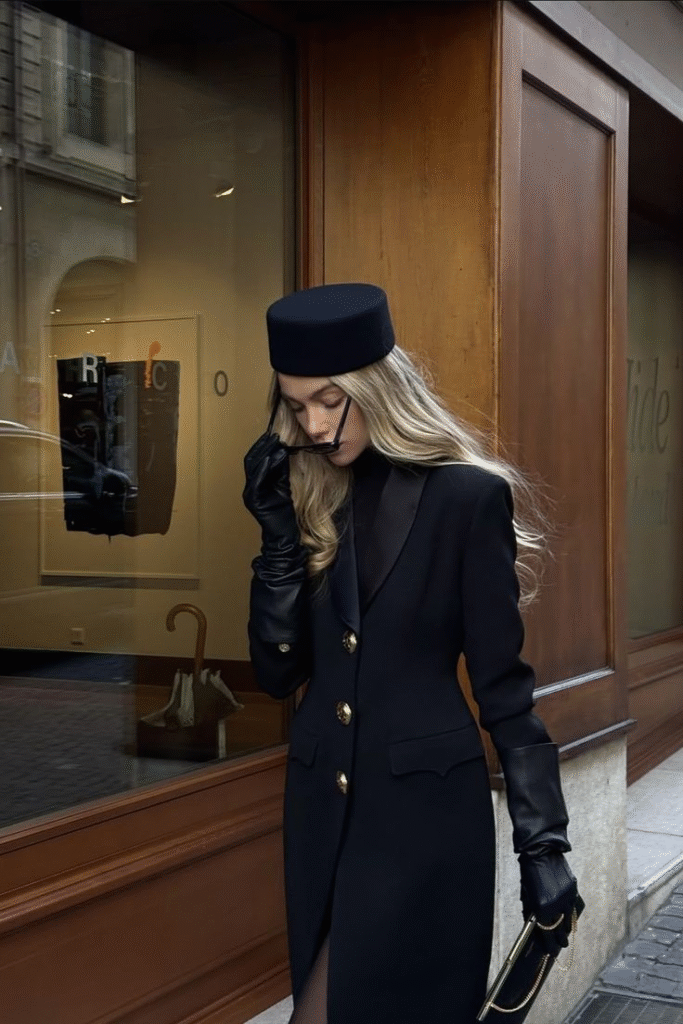
The exclusivity of quiet luxury brands is further backed up by the unaffordability of the brands, since even the most basic articles can cost more than $2000 each.
Now although this particular segment of luxury fashion is deemed as “quiet” there has been certain buzz around it and there are multiple reasons for the same.
The first reason that comes to my mind and is also the most obvious is the popular series “succession” airing on HBO.
If Emily in Paris reflects luxury with the romantic viewpoint of branding, marketing and big-bold publicity stunts, Succession is the exact opposite of the particular viewpoint. It looks down on flashy branding and in fact makes certain references where such blatant notions are mocked and seen as fatal character flaws.
The two shows highlight not only two different segments of market but also different segments of the “riche”. The first segment focuses on portraying wealth through logo mania and flamboyance while others prefer to enjoy luxury incognito. These consumers are also often referred to as the “nouveau riche” and “old money”. Both the segments are equally popular and enjoy great pop-culture importance.
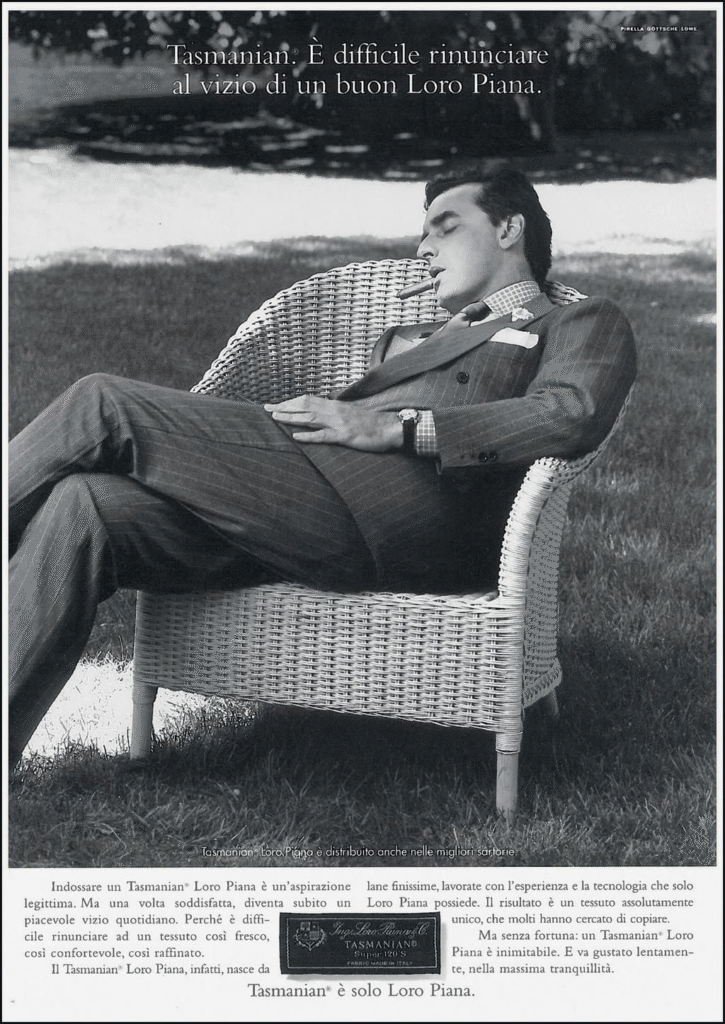
However, Quiet Luxury is not a new term and has been around as long as 1829 in the form of Devlaux a fine leather luxury goods, company founded by Charles Devlaux, and has continued to retain its reputation over the past two centuries as a result of its “savoir-faire, uncompromising craftsmanship and the outstanding quality of its creations.” The brand is based in Belgium and was granted the title of “Purveyor to the Court” in 1883 due to its service to the royal court.
The brand is known for the quality of leather and the cutting edge design of its handbags but are also in high demand due to the limited scale of its operations and minimalist approach. The brand hides its logo in the most inconspicuous manners and is often disguised as hardware. The brand has only around fifty stores worldwide and only recently has decided to broaden its consumer base targeting the younger generation through means of social media and its online website.
Another super interesting fact about the brand is its policy towards intellectual property protection. Delvaux not only invented the modern handbag but also was the first ever brand to file a patent for a leather handbag in 1908.
NO LOGOS?
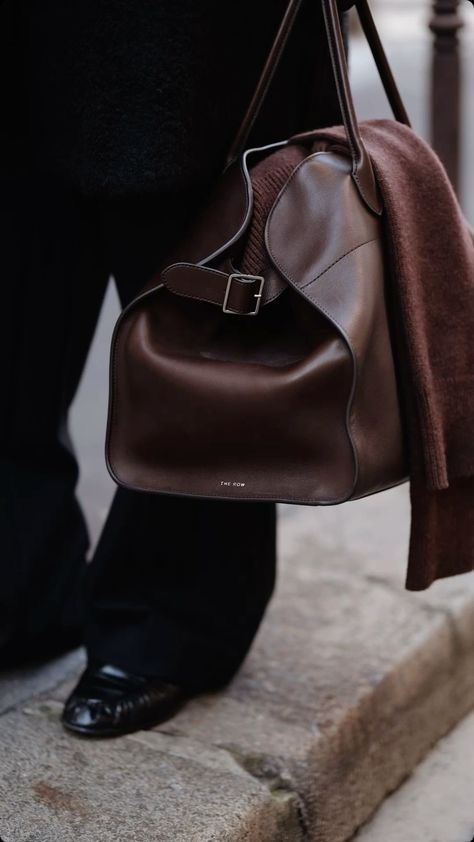
The most significant element of a brand to qualify as a “quiet” luxury brand is not the absence of the logo or complete lack of marketing, but the focus is more on the design itself than the logo or the symbol as it is hidden or inconspicuous.
The selling point then becomes the “exclusivity” or “secrecy” attached to the brand. An easy way to understand it would be deeming it as a cult or a secret society, and only those within the right circles and right bank balances are the ones who gain access to these brands.
Accordingly, the best way of marketing for Quiet luxury brands is via word-of-mouth.
Another very important element responsible for the buzz around “quiet” luxury is the current cycle of recession. While most loud brands set to attract revenue by taking complete advantage of the logo-mania thereby brandishing their logos on even the smallest of articles, hence allowing the parvenus to retain their might, the patricians hide their wealth behind the mask of quiet luxury so as to avoid any public scrutiny which may befall them for being able to maintain their lavish lifestyles as the rest of the economy experiences a great peril.
A very important question that arises in the situation is, how to protect the intellectual property of the brands, who are virtually not known to the masses and hence cannot be measured on the basis of popularity and brand value?
INNOVATION and FASHION
Suffice to say intellectual property protection is equally important for quiet luxury brands as it is for loud brands however, the methods of protection are focused more on the inventive or innovative aspects of fashion in combination with their registered trademarks.
Some of the examples of Quiet luxury brands and their models of protection of IP are discussed below.
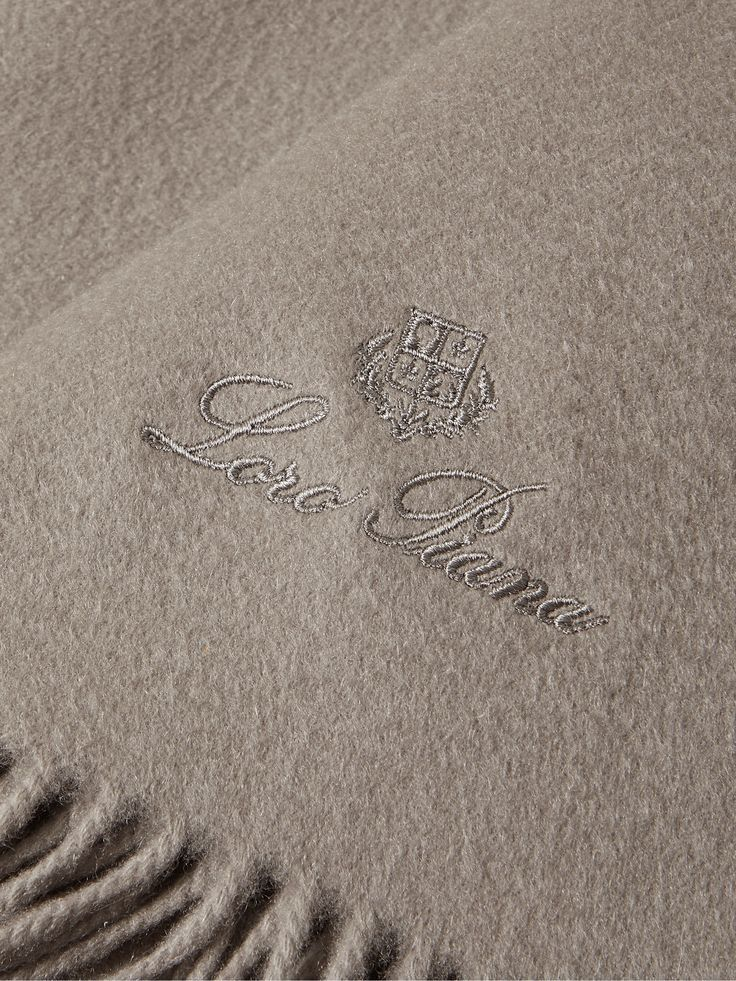
Loro Piana founded in 1924 is the first brand on the roster and is known for its specialisation in cashmere and wool products. The brand is famous for the exceptional quality and craftsmanship of its articles and has its trademarks (Loro Piana®, LP®, Vicuña®, The Gift of Kings® and the company’s distinctive logo featuring “a running goat”) registered in various countries around the world.
In 2015 Loro Pianaactively pursued litigation against Qingdao Textiles Group Fiber Technology Co., a Chinese textile manufacturer, for trademark infringement. Loro Piana alleged that the textile manufacturer had infringed upon its trademarks including the monogram “LP” in China and USA.
The court found sufficient cause of trademark infringement and unfair competition to pass a default judgement in favour of Loro Piana, hence granting a permanent injunction against barring Qingdao from infringing upon Loro Piana’s trademarks as well as an order to pay $3.75 million in compensation.
Other notable intellectual property registrations in the name of the brand include numerous patents over the years for innovation in textile technologies such Storm System® (The technology makes fabrics water-resitant and windproof while also maintain breathability. The process involves treating the fibres with a special membrane that repels water and blocks wind, without comprising the fabric’s softness or texture) and Baby Cashmere® (The process involves collecting the softest, finest fibres from the undercoat of Hircus goat kids. The extracted fibres are washed, combed and then spun into luxurious, lightweight yarn which is much more warm and soft than the traditional cashmere).
Finally, the brand also relies on copyright registration for its designs and unique aesthetic which also includes its audio, visual and other marketing material. Another very important aspect of safeguarding intellectual property in a brand so highly reliant on its superior quality products is trade secret. The brand must undertake great pains to ensure that certain key information is ensure the utmost level of confidentiality, which may include information including the source of rare and luxurious fibres, the manufacturing process, sales, marketing strategies etc.
There are various other interesting measures that quiet luxury brands adopt to protect their intellectual property.
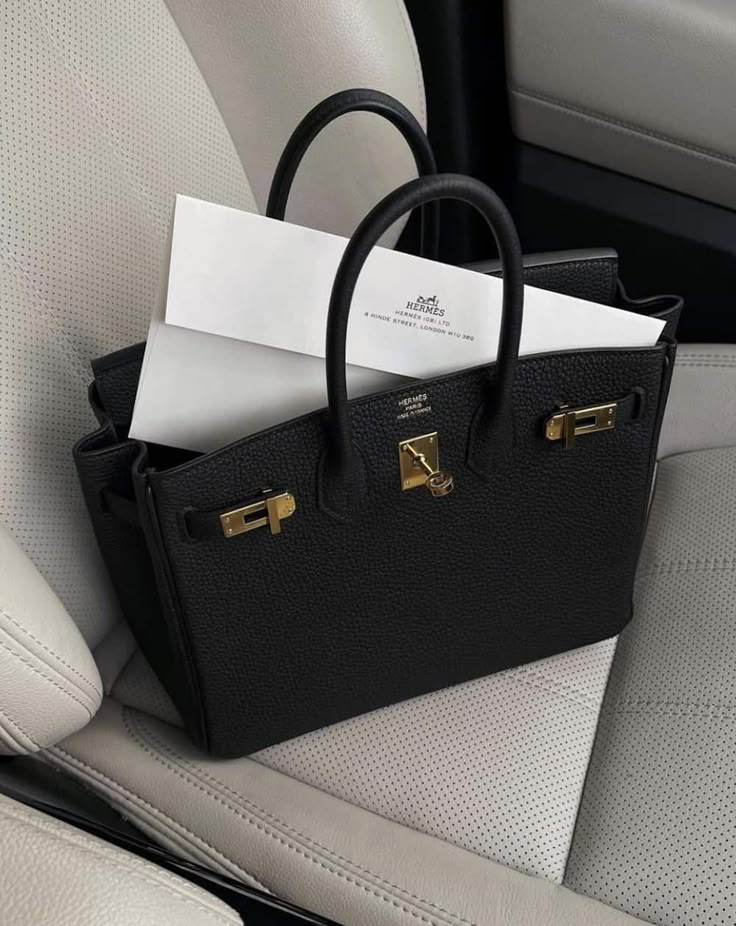
French luxury brand Hermès is known for its spotlight bag “Birkin” and is instantly recognizable despite the lack of logos. As a result of its popularity, the brand is always at a high risk of counterfeiting and takes various steps to protect itself against the same, including using unique serial numbers on each bag, adding hidden security features to the bag’s hardware, and even hiring private investigators to track down counterfeiters.
Another brand is the heritage brand Chanel. The brand is known for its sophisticated aesthetics, high quality products and refined image. The brand adopts a strict strategy to ensure genuine products in its battle against counterfeiters. Chanel oversees all segments of its chain in a product’s life cycle i.e. from creation to distribution (both offline and online), and is known for advocating stronger intellectual property laws.
Accordingly, Quiet luxury makes use of almost all available intellectual property options and emphasises on the degree of innovation and creativity which the IP law aims to protect, nurture and promote. While there is a lot of buzz around a segment of fashion industry which is supposed to stay under the wraps and remain exclusive, due to the current social media trends, awareness regarding slow fashion, the redistribution of economy or the cyclic recession and rising brand consciousness among the youth, the brands have been struggling against counterfeiting and other IP infringements since long and taking the necessary measures to protect their operations. The innovation is not only the selling point but also the identity of the brand and hence IP protection is much more important in quiet luxury than in other fashion segments.

